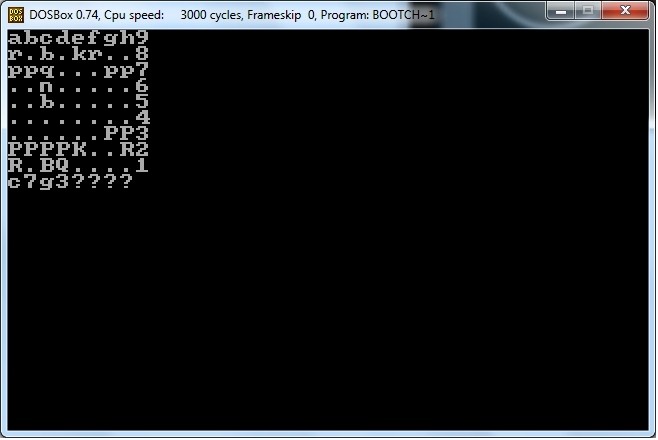
In a pretty incredible feat of coding, a programmer named Baudsurfer has managed to squeeze an entire, playable game of chess into a single 487 byte program. Unless your computer's storage drive is filled to the brim, you'll definitely be able to play this compact version of the classic board game.
Although the game is technically playable, it definitely won't be the most challenging implementation of chess. Due to size constraints, the AI is terrible and moves pieces basically at random. Also, some rules of the game are missing: you can't castle or capture pawns en passant, you can move a king into check, and pawns can only be promoted to queens.

The game is played through a very basic 9x10 text window, with all moves being performed through keyboard input. Instructions on how to play the game are provided through a sizable text file, which just so happens to be 114 times larger than the game itself.
And when you're done with the game, know that you can archive 2,993 copies on a mere 3.5-inch floppy disk. Or over one billion copies on a cheap 500 GB hard drive.
According to Ars Technica, the previous record for the smallest chess program was held by a 672 byte version for the ZX Spectrum, coded way back in 1983 by programmer David Horne. Other tiny chess implementations include a 1 kB Javascript version that you can play right now in your web browser, which manages to include castling and en passant capture.
https://www.techspot.com/news/59577-coder-shrinks-chess-game-487-bytes.html